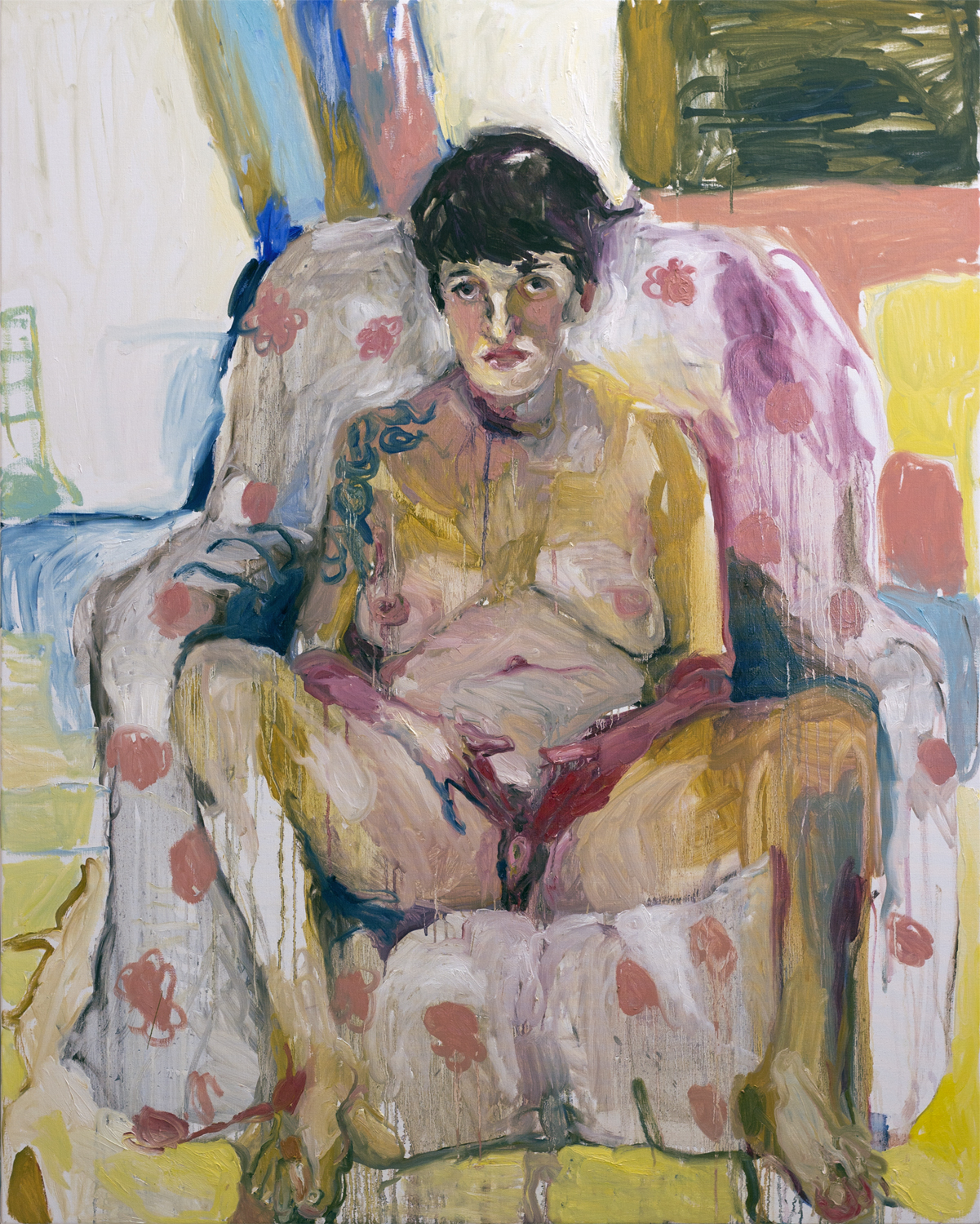Carmen Selma (Valencia, 1980) is graduated in Fine Arts in 2004 by the Faculty of Fine Arts San Carlos in Valencia. She has set various solo and collective exhibitions in different Spanish and international art galleries and her work has also been exhibited in numerous editions of art fairs in Spain, England, France, Switzerland, Germany, Belgium, The Netherlands and Austria.
She was awarded the national prize Art Nalón of Visual Arts of Asturias in 2005. The French art magazine Artension acclaimed her work with the second prize of the First Edition of the Salon Bella Z’Art of Paris in 2018.
Since 2010, different art fairs such as Art Innsbruck, The Other Art Fair (London), Affordable Art Fair (Amsterdam, Hamburg, Brussels, Stockholm), START (Strasburg) and Art Madrid, have made her works travel around Europe.
Some the most relevant publications about the artist include the article written by the Austrian art historian Birgit Strasser-Huber for the Vernissage Art Magazine No.314 in 2012, and the article published by the French journalist Virginie Moreau for L´Hérault Juridique & Economique Nº 3013 in 2014.
Her paintings follow an artistic line oriented to the historical and collective memories that help her understand how we interact in our current social and cultural environment. Her strong interest in discovering the origins of such behavior has led her to look into family, cultural and religious traditions, and the festivities of her homeland, extending her vision from childhood to the women’s actual situation. In her own words:
‘I believe that the lack of knowledge on our own culture and traditions leaves us to ignorance and blockage. A society that is a estrange to itself and ignores its origins can cause misunderstandings and idealized concepts. This standstill and blindness can be the reason of constant replay of past mistakes. Art, as I feel it, is a mean of activism that let me get into this repetition through our traditions and behaviors.’
‘Carmen’s concern is, therefore, to study the past and analyze that critical look towards the traditions and rituals of her country. She chooses figurative painting as method, a language she uses to create the appropriate images to attract the viewers, which is her prime intention as artist.
Her eloquence and vision of the horrors of a time that remember to those of Francisco de Goya, her predecessor, link her to the art to some of her favorite painters’ such as the German expressionist Otto Dix, and Egon Schiele.’
(Extract from the article written by the art historian Birgit Strasser-Huber).

Art history is part of the rules of our society that make women invisible.
That history, influenced by the monstrous western hetero-patriarchal system, has turned us into muses that fill museums with art works representing unreal women. A result of its shady hidden desires, or that perverse persecutory delusion for making us symbol of an inhuman purity, to which we owed our shameful bodies, transmutation of sins and wickedness.
Virgins or witches.
Transformed, mistreated, insulted, over lionized, mythologized, demonized… art history has turned us into a stereotype that is still the paradigm of most of the imagines that constantly bombard us in art, publicity and cinema, although this is slightly different today. This feeds the ghoulish idea of objectifying us in order to please or be brutalized.
Muses yes, artists no way.
My painting ‘a nude’ (“un desnudo”) represents the nudity of a woman –my partner, actually-, but it also represents all those women that do not respond to that stereotyped rules that censors the diversity, which we reject because is absolutely discriminatory.
aciegasartgallery.
The pose chosen is an example of that rejection. A naked woman, seated with her legs opened, explicitly showing her genitals and looking in the eye of the audience. It is an active presence that is not intimidated nor is she trying to seduce us. Because she is not an object to please. Her genitals are not looking for provocation; however, she is not ashamed. Why should we be ashamed of a certain part of our body?
My aim with this painting is to tell the history of art from our perspective and, in this case, the perspective of LTB women, who suffer a double discrimination as non-heterosexual females.
A woman’s body, the nudity in its simplest reality, out of myths and tales, is a victim of a brutal double morality that is still harmful. The pure and clear image of a naked woman -no matter where she is from-, her shapes, her age… annoys more than those violent images we are sadly used to see on the news.
Hypocrisy is served.
We are witnesses of censoring in social networks: nipples, those terrorists against the good manners. Not to tell about the vagina.
Men, here we are, in front of you, with our imperfect bodies, our skin folds, our nipples, out clitoris, our wishes, our opinions, our desires, our hopes and our endless differences.
Women’s bodies suffer the extreme weight of many centuries of defamation, a sad legacy turned into a natural rule written in reversed patterns of this society. A society that is truly inverted, judgmental and hostile, not only towards our naked bodies but also in relation to the strict codes of perfect behavior, which is taken as a threat when we get out of the standards of those who want to maintain their dominant position.
